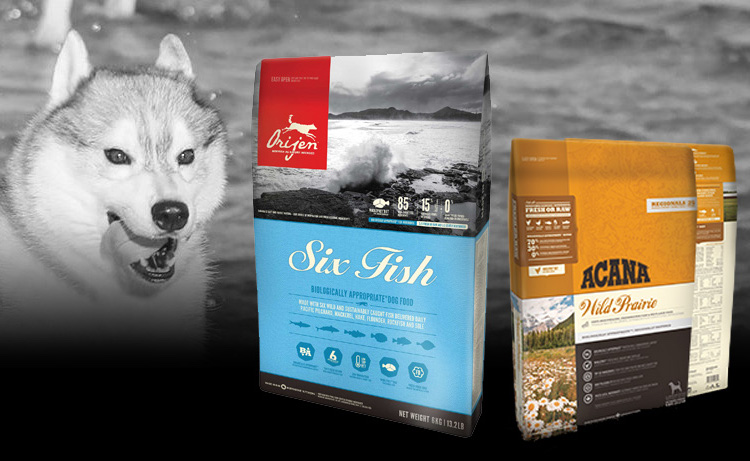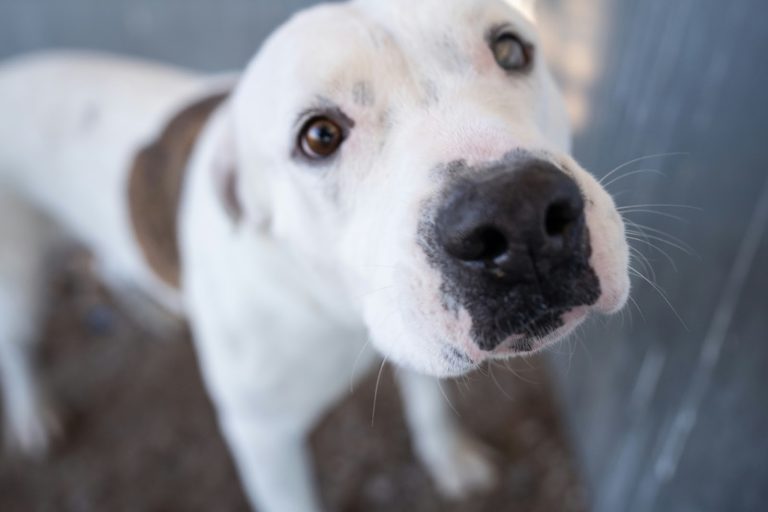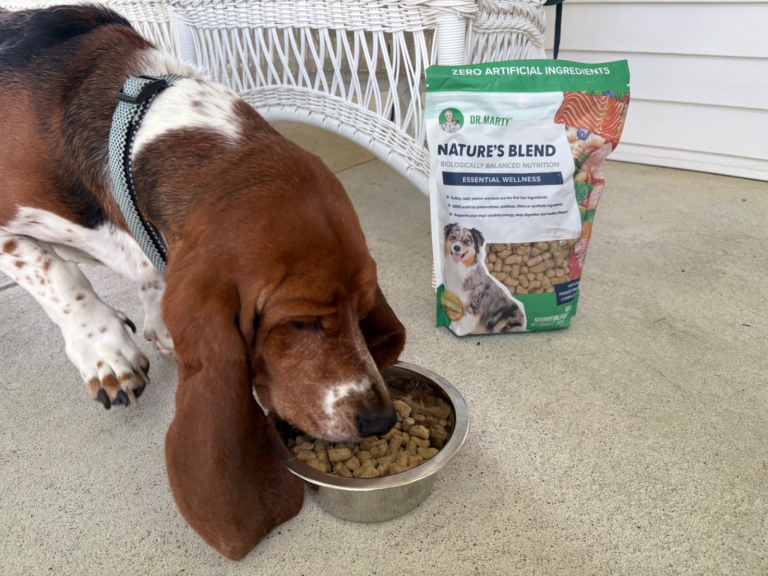How Is Cat Food Made? Discover the Secrets
Ever wondered, “How is cat food made?” From kibble to wet food and freeze-dried options, each type undergoes a unique process to ensure it meets your cat’s nutritional needs. Learn how ingredients are selected, processed, and packaged for your feline’s health and happiness!

If you’re wondering how cat food is made, you’re not alone! Cat food is made at manufacturing facilities through different processes so it has the nutrition your cat needs.
Choosing the right cat food for your best friend can be challenging with all the options available. No matter what you choose, look for an AAFCO-compliant option with the desired ingredients.
Don’t Guess When It Comes To Your Pet’s Care


Don’t Guess When It Comes To Your Pet’s Care
How is Cat Food Made? Types and Processes
The cat food manufacturing process depends on the type of food you serve.
Dry kibble is made by mixing wet and dry ingredients into a dough. How kibble is made for cats starts with the dough being cooked in an extruder machine and shaped into small pellets. After the kibble is air-dried and cooled, it’s coated with fats, flavors, and preservatives in a rotating drum to taste good and have a longer shelf life.
How wet cat food is made depends on the pet food manufacturer’s recipe. Fresh, frozen, and dry ingredients may be mixed with water for the perfect texture and taste. Wet food is made in the can, pouch, or tray in which it is served. The container is sealed during the cooking process to maintain freshness. Cans are labeled, while tray and pouch products have packaging information printed on them.
Freeze-dried cat food is made by freeze-drying raw ingredients so nutrients are preserved while moisture is removed. Unless the freeze-dried food is cooked before freeze-drying, it will be raw. Freeze-dried food appeals to cats because of its taste and color. However, raw, freeze-dried food can contain bacteria. Since the food is raw, always wash your hands after handling it.
Homemade cat food is cooked at home with feline-friendly ingredients. The problem with homemade cat food is that it’s harder to measure its nutritional density, so your cat may not get the necessary ingredients. You may unintentionally overfeed or underfeed your cat, and the lack of proportion control could lead to health problems like obesity or diabetes. It can also ultimately be more expensive as you purchase ingredients separately.
Common Ingredients Used in Cat Food
Cat food ingredients include proteins, carbohydrates, fats and oils, taurine, vitamins and minerals, and preservatives including:
- Proteins: Most often, they are chicken, fish, and turkey.
- Novel Proteins: Some cats have food allergies and may need food made with novel proteins like lamb, duck, venison, or rabbit.
- Carbohydrates: Cat food often includes rice and potatoes. There are also grain-free options for cats with allergies.
- Fats and Oils: Fatty acids omega-3 and omega-6 help promote coat and skin health.
- Taurine: An essential amino acid for cats that must be included in their diet to help heart function and digestion.
- Arginine: Arginine is an essential amino acid that must be included in their diet to detoxify ammonia.
- Vitamins and Minerals: Vitamin D, Vitamin A, calcium, zinc
- Preservatives and Additives: Cat food uses both natural and artificial preservatives. Natural preservatives are derived from natural sources to prevent the growth of bacteria. Natural preservative tocopherols comes from Vitamin E to prevent fat from going bad, while ascorbic acid (aka Vitamin C) works as an antioxidant. Artificial preservatives prevent fat from spoiling, so food has a longer shelf life.
- Water: What is cat food made of? Often water! Wet and dry cat food is mixed with water.
Quality Control and Safety Measures
Cat food is regulated at the national and state levels. Cat food must be produced safely in sanitary conditions with no harmful substances and be labeled honestly. The FDA (Food and Drug Administration) will inspect to ensure manufacturers meet their standards. Food manufacturers work with ingredient suppliers that are regularly inspected to source high-quality ingredients. Ingredients are inspected and tested as they arrive at facilities and through the cat food manufacturing process.
The Association of American Feed Control Officials (AAFCO) requires that labels include feeding directions and specific ingredients and mark what animals can consume. AAFCO doesn’t test, regulate, or approve cat food but establishes guidelines. Pet food companies work with laboratories to undergo feeding trials and scientific analysis to ensure their food has balanced nutrition.
Tips for Choosing High-Quality Cat Food
When wondering, “How is cat food made?” look for cat food that is complete and balanced, and always check with your veterinarian before making a change.
- Look for brands that meet AAFCO guidelines. Brands that meet AAFCO guidelines will include all the nutrients your cat needs. Look for labels that say “complete and balanced.”
- Make sure taurine is on the ingredient list. Cats need taurine so they stay healthy and avoid developing health problems. Taurine is commonly used, but it’s still smart to check.
- Read the ingredients list. Look for protein sources and include vitamins. Avoid vague terms like “meat meal.”
- Look at the guaranteed analysis. Cat food will have a guaranteed analysis on the product label that lists the levels of any nutrients it has.
- Consider your cat’s needs. Breed, size, and health conditions influence food choices. If your cat has allergies, look for pet foods without those allergens or include novel proteins.
- Think about the life stage. Different cat foods are made for different life stages. Since growing kittens have different needs than adult cats, you’ll see foods formulated for different ages.
- Research the brand. Trust brands with a strong reputation for quality and transparency.
- Consult a veterinarian. Always check with your vet before making significant dietary changes. They’ll be able to guide you based on your cat’s lifestyle and health.
Every cat faces health challenges and needs. Always consult your veterinarian before switching to a new cat food brand so you can make sure they’re eating high-quality nutritional food.
Feature Photo by Pitipat Usanakornkul/Pexels
A Final Word (Disclaimer)
At Petful, our review integrity is paramount; we never exchange special treatment in our reviews for monetary or material rewards.
Nonetheless, when our readers click through to online merchants (including Chewy or Amazon), we receive a referral commission. This supports the running of our free blog, and we appreciate your backing.
For additional information, kindly refer to our Disclaimer and Discourse Section.







